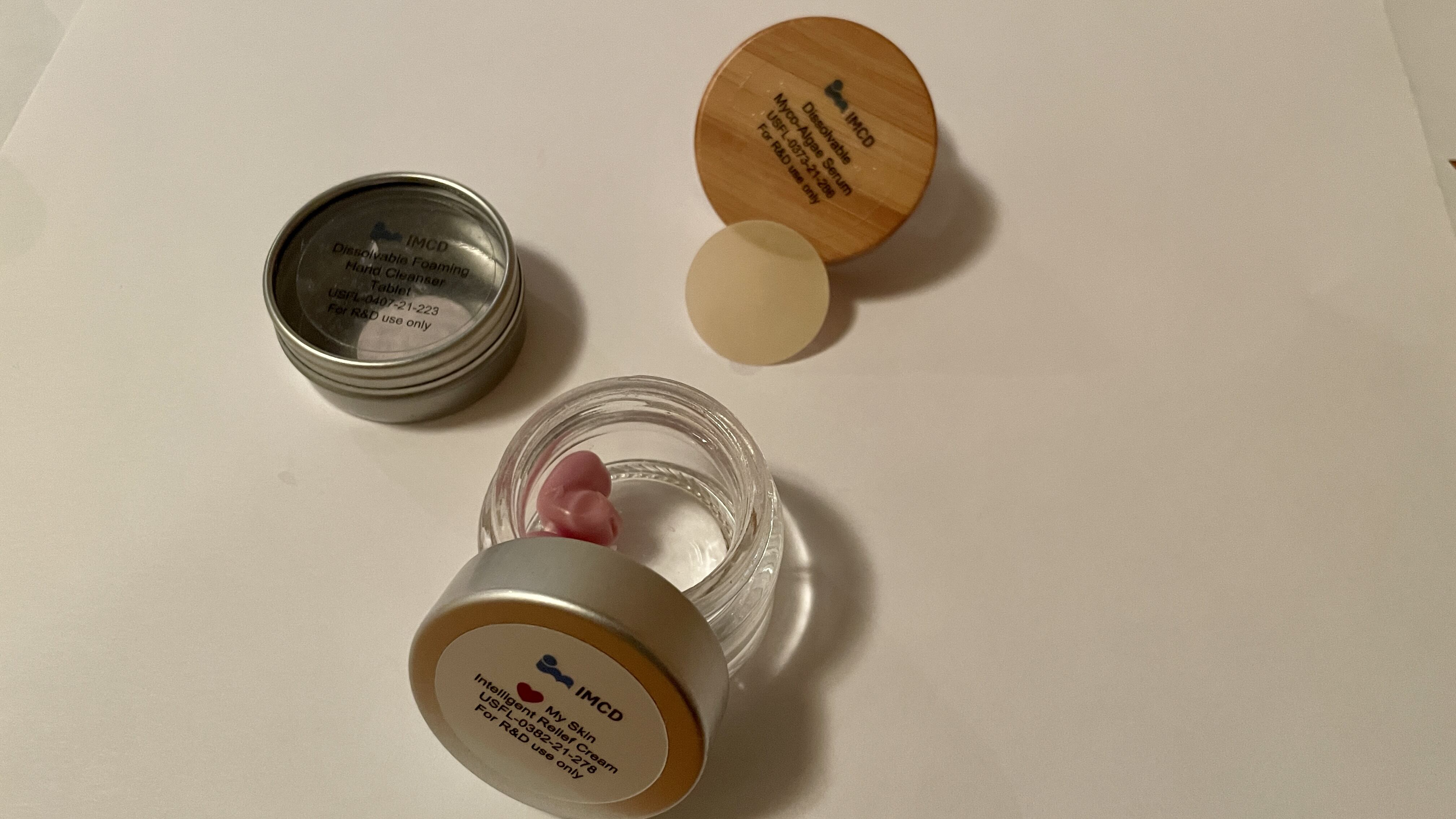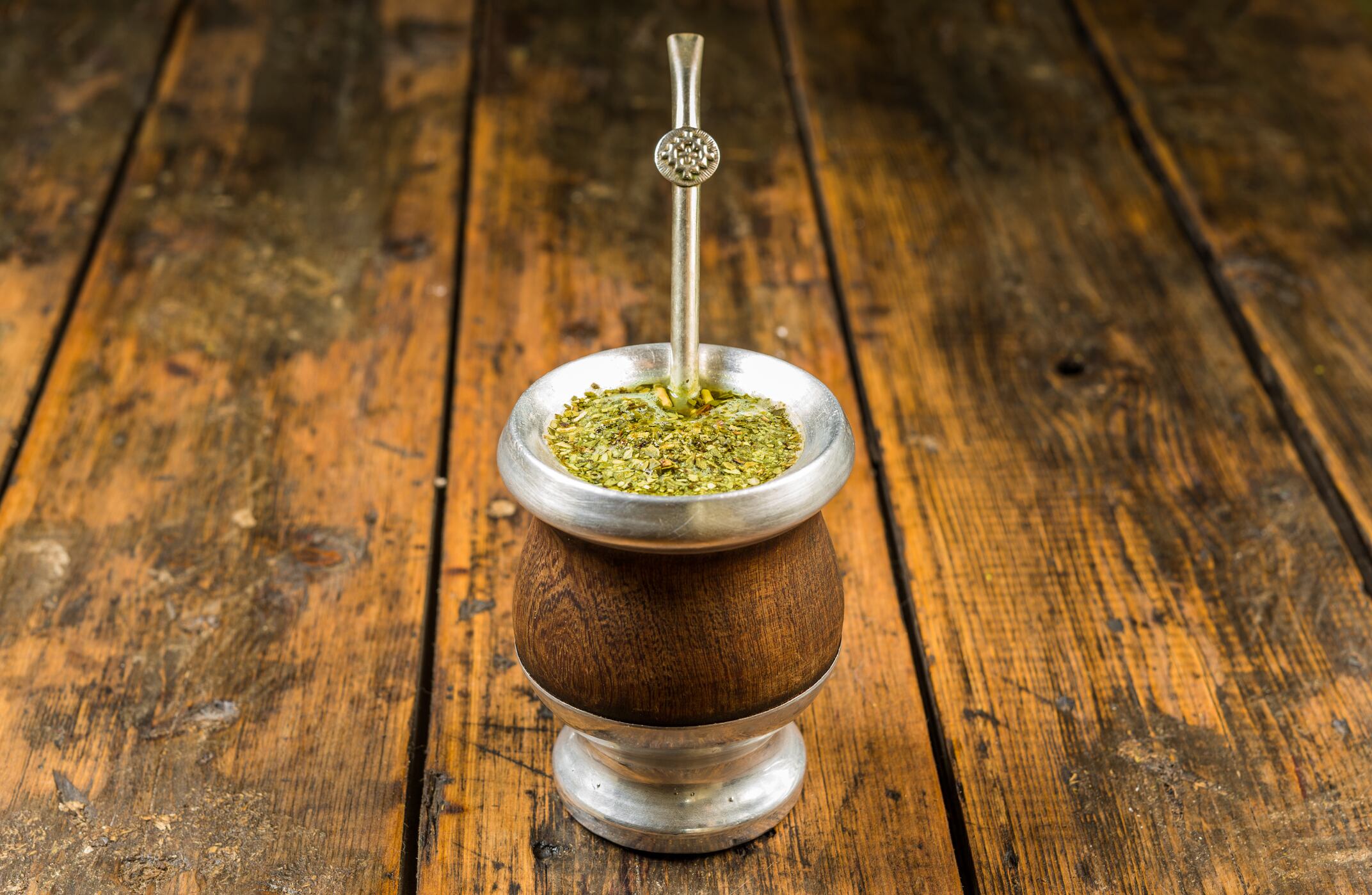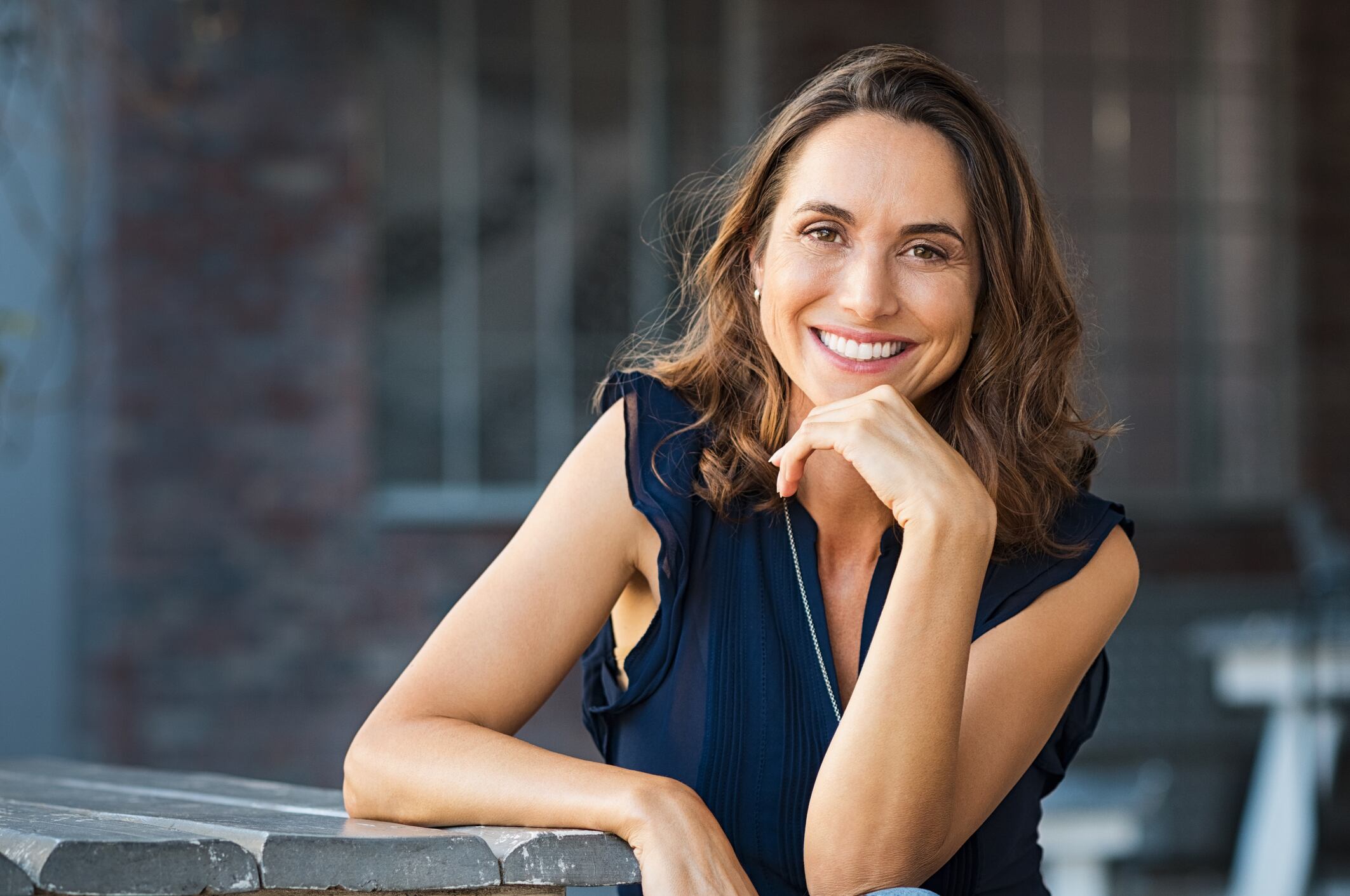Ravyn Cullor: Can you tell be a bit about what you brought today?
Danielle Wheeler: We developed these short, 15-20 minute tops, webinars on one concept, one solution, whatever we chose to do. We decided that for this show, since we’re finally going to be in person, we were going to do a beauty academy live.
IMCD showcased a dry shampoo-body wash tablet in a 100% water soluble package, dry hand soap tablets in a tin, single-portion probiotic lotion molds, shaped like hearts, in a glass jar and serum as a flat, dissolvable disk.
The concept of biotech beauty is … an extension of conscious beauty. It was clean beauty, then it was conscious beauty and now it’s biotech, so it’s really sustainability through biotechnology.
I always look to see what others are doing to address sustainability, because it’s a real problem. When we’re developing our prototypes we’re really looking at how we can use less packaging and why are we putting all this wasted plastic or water or ingredient. That was sort of the basis of all of it.
That led us to look at foods, like Impossible Foods, and looking at what they’re doing. They’re basically trying to replace animal agriculture with cellular agriculture, everything on a smaller scale so it’s not destroying our planet. There are investment companies investing in companies developing scalable biotechnology (to do the same).
One of our samples has packaging and label that is completely water soluble. I’m in my shower and I’m like “this bottle of shampoo is ridiculous.” Even recycling, it’s not sustainable to me. In Florida, it’s terrible. Our mayor stopped recycling in Jacksonville.
This product is actually a shampoo and a body wash in a dissolvable packaging that you use in the shower. The package dissolves, the tablet you could use five or six times, it gives you the same as using a huge bottle of watered-down shampoo. It’s the same concept for these hand soap tablets.
I know I’ve seen these out there, the concept is out there. But we know how to make them, we developed all of these in our labs. The same with this lotion. We’re trying to do single doses of probiotic lotion with a hot pour.
So again, you want to look at the product, not the packaging. It was so hard for us even to find packaging that was not plastic or even finding a glass jar that would fit. It’s crazy. I have a wish with some of our contact manufacturers, and big ones, to challenge them to find a way to do less packaging. There’s got to be a way.
We’re really just trying to give innovation solutions. This probiotic is using a gellan gum which is completely derived through biotechnology.
RC: Outside of packaging, what were some of the challenges in developing these waterless formulas?
DW: I would say getting them to the lotion to like hearts, getting that consistency. It’s a fine line between, especially with a gellan gum, getting them too solid or squishy.
At our California show we had these little cubes for shampoo, and the challenges was to get it to not crumble. We made it where you put a little water in your hand with that and it instantly turns into a cream. It looks powdery, but when you crush it with water it's creamy.
I think the thing is with these is consumer experience. That is our biggest challenge. Do you want to use this again? It’s great if it looks a certain way, but what’s your experience? If it feels terrible or smells terrible, nobody is going to use it.
RC: What are the challenges for those manufacturers integrating products like this?
DW: I have a good friend who’s the chief scientific officer of one of the biggest manufacturers in the US, and that’s one of the things I said to him. They have 15 different manufacturing sites and I said “why can’t you dedicate one of them to how to make product without packaging or less packaging.” Because everybody is doing the traditional way right now. You need a packaging engineer and there’s a way (to manufacture these products).
We can do it on a lab scale, I know, but I know there’s got to be a way to scale it up. I know that’s a challenge, but I think that’s what’s good about it, is you can inspire someone to think about how to do it. I do see brands doing it now, small niche brands. I really do think there is a way, but I do think people are still challenged by that.
RC: How have you seen consumer brands respond as far as interest in these kinds of products?
DW: Everybody, especially R&D, I’ve shown this to is absolutely excited. When I challenge the lab with “this is the idea, this is what I want” and they’re always like “can’t happen.”
Ella Pochay: And this is market ready, so we’re introducing these to you, and (brands) could copy this and just sell it with the formulations that IMCD came up with in the lab. This is why it’s great to have a distribution partner because not only are we connected to the top suppliers…
DW: …We’re exposed to all different ingredients, we have all different supplier partners, and I’ll say this to everybody in R&D “You see one, we see it all.” We see all technology and then we try to figure out a way of how we can make it into a marketable concept for you,
RC: I know it’s an issue with some waterless products, the preservative side of it, making sure that they’re stable. How did that side go in developing this?
DW: We did micro testing on our products. Preservatives is a challenge. Obviously, a brand has to do testing on the final formulation and find out the formulation because it’s all dependent on their manufacturing facility, other ingredients they may have to change out in there. I would always say to everybody always do your own micro and challenge testing on their final formulation.
RC: What else to professionals in the industry need to know about these waterless formulations and products.
DW: I think just that you don’t have to relay solely on the packaging to sell your product. You can have an excellent product without all the packaging. We showed today, these are really cool products. You want to look at them, the package is not important. I think it’s like minimizing the package part. I’ve been a sucker too, I see a great package on the shelf, but maybe the products not so great. Why not make the product the showcase, not the package?
RC: How do you see large companies being able to transition? Obviously, indie companies are interested in doing some of this now and customers go to those companies interested in these kinds of products. How do you see large consumer companies making customers interested?
DW: I’d love a large company to do this because they have the money to invest in the equipment it would take to make this. I think large companies and multinationals are challenged with the process, so their speed to market is snail pace, but they have the money, so if they could use that money to invest in this technology, that would be key. That would be key to everybody saying it’s the way the do it, to not waste packaging.
I’ve seen big multinationals trying, buying brands. Even P&G has a little brand, and they have tablets. It’s really cool, same concept, all their things are just tablets. Major companies are trying, and they have the money to do it. If they can invest in that and do it, that would lead the way.




